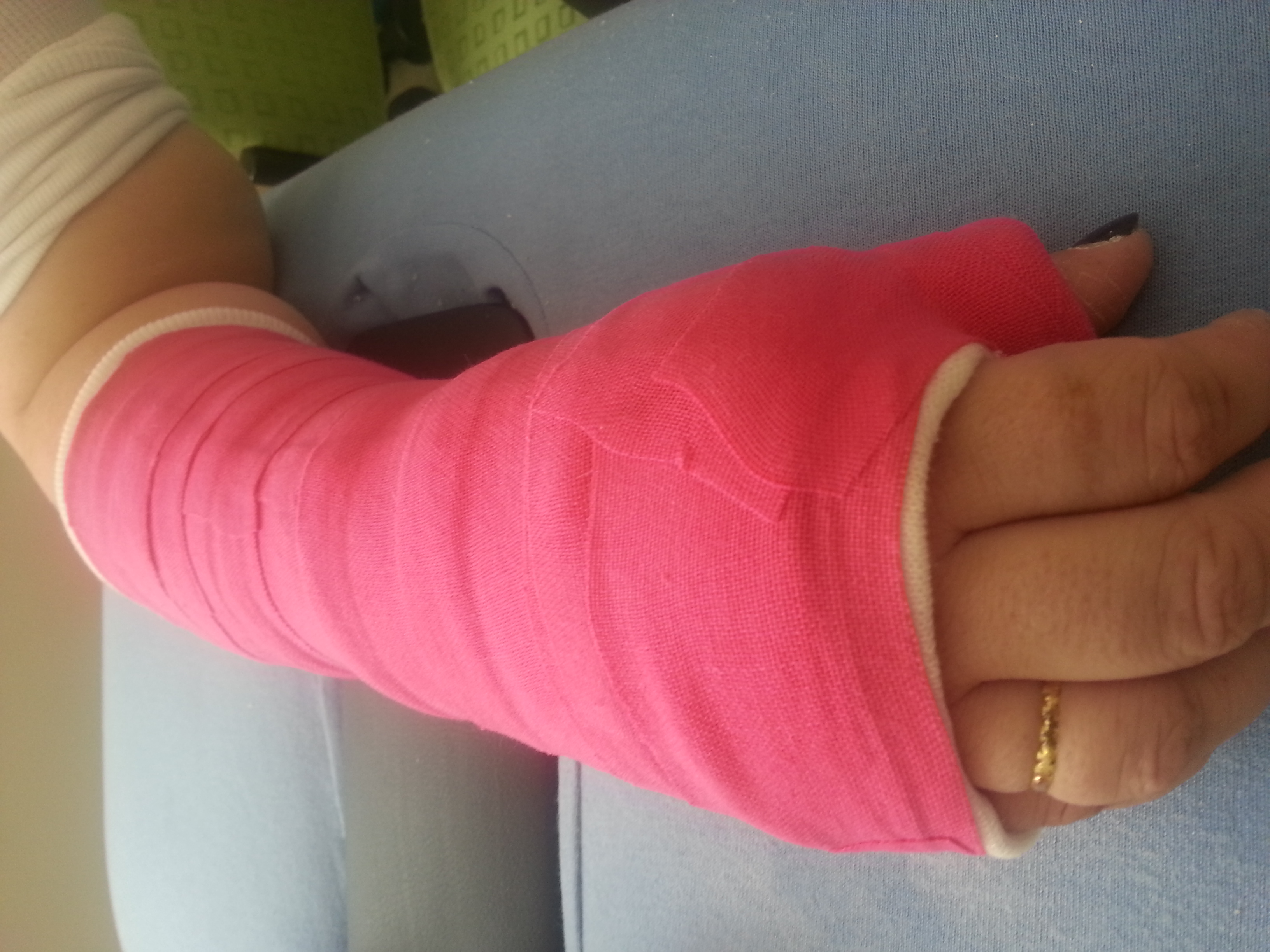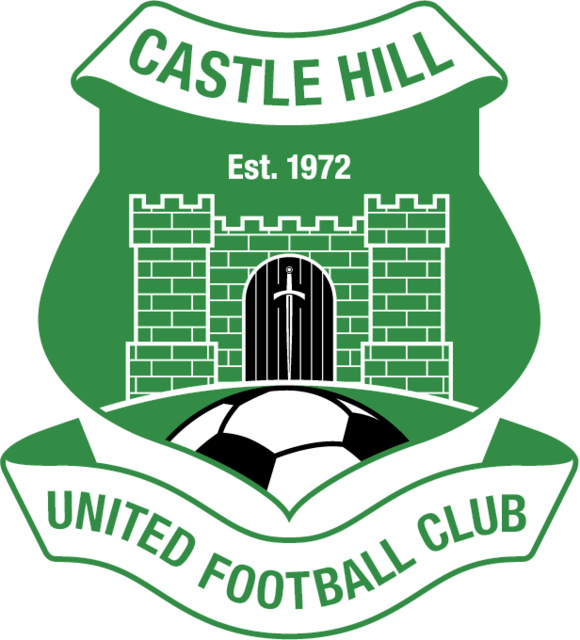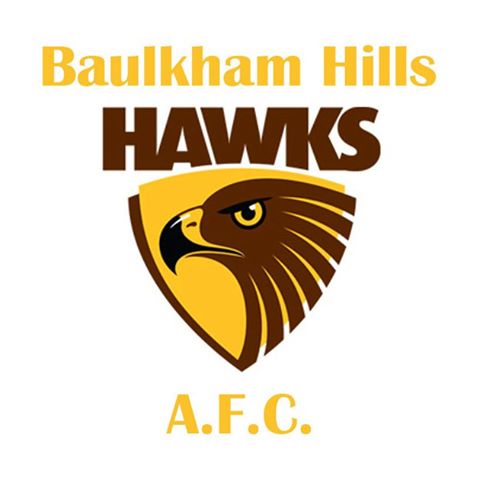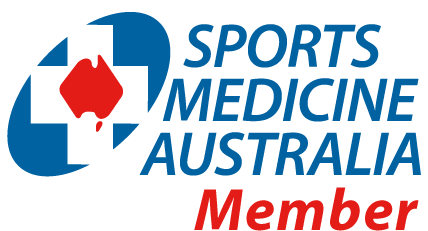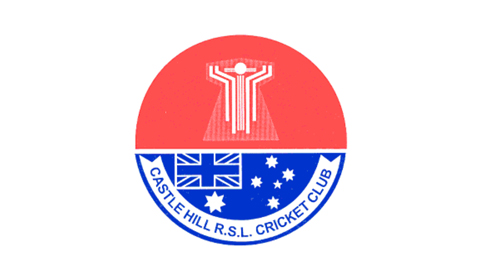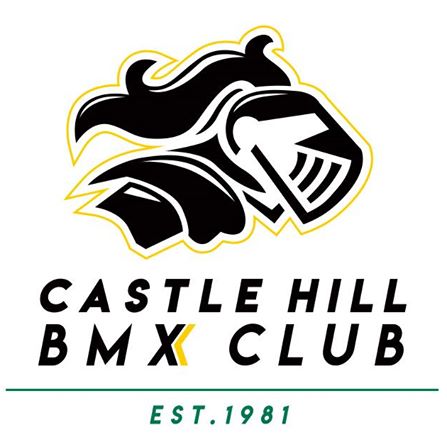GROWTH PLATES. Many of you will have heard of them. Yes they can be damaged in kids, but how worried do you need to be?
Fractured bones can occur to anyone at any stage of their life. There are a few things unique to children when it comes to bones and fractures. The primary difference is that children are yet to have reached skeletal maturity – that is, they are still growing and as are their bones. In growing bodies, many of the bones have what is known as epiphyseal plates (more commonly known as growth plates). Fractures can and do occur through growth plates. These fractures are referred to as Salter-Harris fractures.
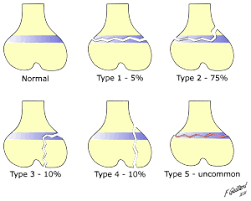
There are a number of different types of Salter-Harris fractures, depending on whether the fracture occurs through or across the growth plate and on which side of the growth plate the fracture extends. It is also possible to compress (squash) or distract (pull apart) the growth plate, which leads to a special sort of fracture. The problem that often arises with these compression or distraction type injuries is that they are very easy to miss, even for experienced health professionals. The reason for this is that an x-ray will appear fine as there is no “crack” in the bone. Often there is a need to x-ray the other side of the body as well to compare whether the growth plate appears narrower or wider compared to the other side. Alternatively, an MRI is often needed to be performed to exclude the presence of any fracture through the growth plate in a child.
The good news is that the vast majority of fractures involving the growth plate, will heal well with appropriate immobilisation (or in some cases surgical alignment). It is important to ensure that these fractures do ultimately heal well, so follow-up imaging is common. Whilst it is rare, there can be circumstances where the fracture heals in such a way that compromises the growth plate and can impact on further growth in that bone. Hence, why it is important to consult practitioners who are familiar and competent in managing Salter-Harris fractures.
We frequently see children presenting to the clinic with suspected fractures. Given the experience we have in assessing for potential fractures, we can conduct a thorough assessment to determine whether a fracture is possible. We are then able to refer for xray or MRI imaging as necessary.
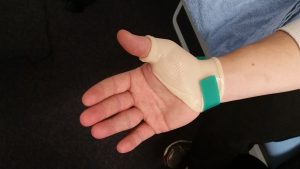
When it comes to treating fractures, we are able to apply casts, manufacture custom thermoplastic splint or provide immobilisation boots (and crutches if necessary).
We also have good relationships with a number of orthopaedic surgeons, whom we often send imaging to for comment, to determine the best course of treatment and for the more severe fractures, whether surgery may be required. These relationships have saved many of our patients having to present to hospital emergency departments or having to run around to doctors to get an unnecessary referral to an orthopaedic surgeon and having to wait until they can get an appointment, before their fracture can be appropriately managed.
At Arrow Physiotherapy, we’ve got your fracture management covered!

